目录
- 引言
- 一、JPA与实体映射概述
- 二、@Entity注解的基本使用
- 三、指定数据库表名
- 四、映射数据库表的列
- 五、实体类的继承与表映射
- 总结
引言
在Java企业级开发里,数据持久化是极为关键的环节。开发者常常需要将Java对象存储到数据库,或者从数据库中读取数据并转换为Java对象。JPA(Java Persistence API)作为Java EE平台提供的一种标准的对象 - 关系映射(ORM)解决方案,极大地简化了这一过程。其中,@Entity注解在JPA中占据核心地位,它建立起Java实体类和数据库表之间的映射关系。深入理解@Entity注解及其与数据库表的关联,对于高效开展数据持久化开发至关重要。
一、JPA与实体映射概述
JPA是Java平台的一项标准,它定义了一套用于对象 - 关系映射的API和规范。借助JPA,开发者能够以面向对象的方式操作数据库,无需编写大量的SQL语句。实体映射是JPA的核心功能之一,它把Java类和数据库表关联起来,将Java对象的属性映射到数据库表的列上。这样一来,开发者就可以通过操作Java对象实现对数据库的增删改查操作。@Entity注解是JPA中用于标识实体类的注解,被它标记的类会被JPA视为实体,进而参与到对象 - 关系映射的过程中。
二、@Entity注解的基本使用
@Entity注解用于标记一个Java类为JPA实体类。该类需要满足一定的条件,比如必须有一个无参构造函数,通常还会有一个主键属性。下面是一个简单的示例:
import javax.persistence.Entity;
import javax.persistence.Id;
@Entity
public class Product {
@Id
private Long id;
private String name;
private double price;
public Product() {
}
public Product(Long id, String name, double price) {
this.id = id;
this.name = name;
this.price = price;
}
// Getters and Setters
public Long getId() {
return id;
}
public void setId(Long id) {
this.id = id;
}
public String getName() {
return name;
}
public void setName(String name) {
this.name = name;
}
public double getPrice() {
return price;
}
public void setPrice(double price) {
this.price = price;
}
}
在这个例子中,Product类被@Entity注解标记为实体类。@Id注解指定了id属性作为主键。JPA会默认将类名作为数据库表名,将属性名作为表的列名。
三、指定数据库表名
默认情况下,JPA会使用实体类的名称作为数据库表的名称。不过,开发者可以使用@Table注解来指定不同的表名。示例如下:
import javax.persistence.Entity;
ijavascriptmport javax.persistence.Id;
import javax.persistence.Table;
@Entity
@Table(name = "products")
public class Product {
@Id
private Long id;
private String name;
private double price;
public Product() {
}
public Product(Long id, String name, double price) {
this.id = id;
this.name = name;
this.price = price;
}
// Getters and Setters
public Long getId() {
return id;
}
public void setId(Long id) {
this.id = id;
}
public String getName() {
return name;
}
public void setName(String name) {
this.name = name;
}
public double getPrice() {
return price;
}
public void setPrice(jsdouble price) {
this.price = price;
}
}
在上述代码中,@Table(name = "products")指定了数据库表名为products,而非默认的Product。
四、映射数据库表的列
实体类的属性默认会映射到数据库表中同名的列。但开发者可以使用@Column注解来指定不同的列名,还能设置列的其他属性,例如是否允许为空、长度等。示例如下:
import javax.persistence.Column;
import javax.persistence.Entity;
import javax.persistence.Id;
import javax.persistence.Table;
@Entity
@Table(name = "products")
public class Product {
@Id
private Long id;
@Column(name = "product_name", nullable = false, length = 100)
private String name;
@Column(name = "product_price")
private double price;
public Product() {
}
public Product(Long id, String name, double price) {
this.id = id;
this.bNLGYIYname = name;
this.price = price;
}
// Getters and Setters
public Long getId() {
return id;
}
public void setId(Long id) {
this.id = id;
}
public String getName() {
return name;
}
public void setName(String name) {
this.name = name;
}
public double getPrice() {
return price;
}
public void setPrice(double price) {
this.price = price;
}
}
在这个例子中,@Column(name = "product_name", nullable = false, length = 100)将name属性映射到product_name列,并且设置该列不允许为空,长度为100。
五、实体类的继承与表映射
在Java中,实体类可能会存在继承关系。JPA提供了多种策略来处理实体类继承与数据库表的映射,例如单表继承、每个具体类一张表和连接表继承。以下是单表继承的示例:
import javax.persistence.DiscriminatorColumn;
import javax.persistence.DiscriminatorType;
import javax.persistence.Entity;
import javax.persistence.Id;
import javax.persistence.Inheritance;
import javax.persistence.InheritanceType;
@Entity
@Inheritance(strategy = InheritanceType.SINGLE_TABLE)
@DiscriminatorColumn(name = "product_type", discriminatorType = DiscriminatorType.STRING)
public abstract class Product {
@Id
private Long id;
private String name;
public Product() {
}
public Product(Long id, String name) {
this.id = id;
this.name = name;
}
// Getters and Setters
public Long getId() {
return id;
}
public void setId(Long id) {
this.id = id;
}
public String getName() {
return name;
}
public void setName(String name) {
this.name = name;
}
}
@Entity
public class ElectronicProduct extends Product {
private String brand;
public ElectronicProduct() {
}
public ElectronicProduct(Long id, String name, String brand) {
super(id, name);
this.brand = brand;
}
// Getters and Setters
pu编程客栈blic String getBrand() {
return brand;
}
public void setBrand(String brand) {
python this.brand = brand;
}
}
在上述代码中,@Inheritance(strategy = InheritanceType.SINGLE_TABLE)指定了单表继承策略,@DiscriminatorColumn用于区分不同类型的实体。
总结
@Entity注解是JPA中实现Java实体类与数据库表映射的基础。通过使用@Entity、@Table、@Column等注解,开发者能够灵活地控制实体类与数据库表的映射关系,包括表名、列名以及列的属性等。同时,JPA还提供了多种策略来处理实体类的继承与表映射。理解并掌握这些知识,有助于开发者更高效地进行数据持久化开发,提升代码的可维护性和可扩展性。
以上就是深入理解Java @Entity注解及其与数据库表的关联的详细内容,更多关于Java @Entity注解的资料请关注编程客栈(www.devze.com)其它相关文章!

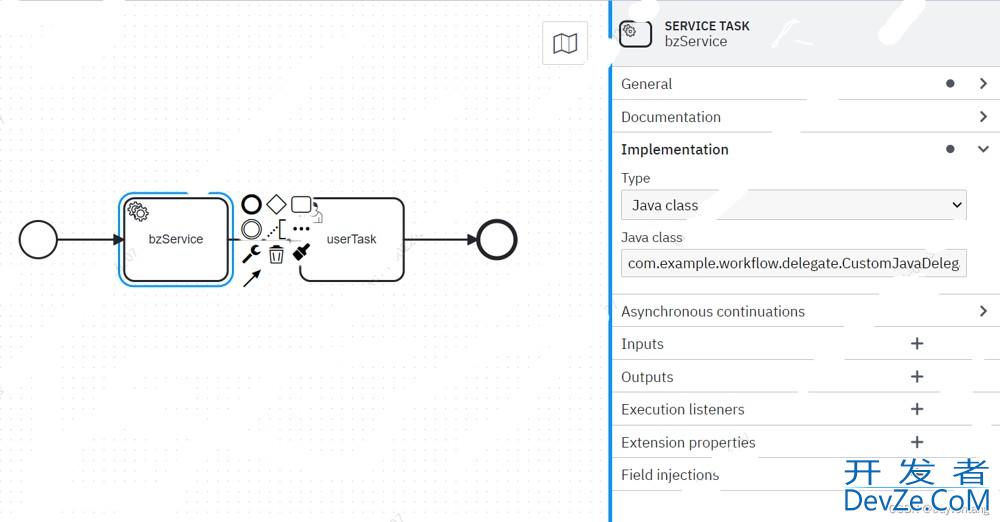

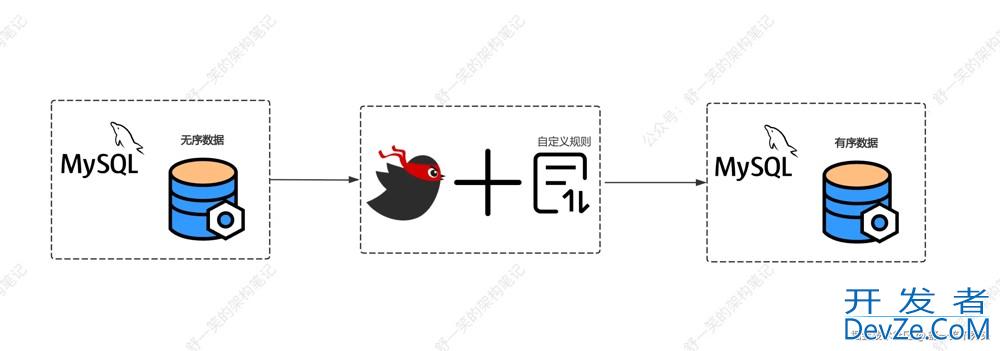

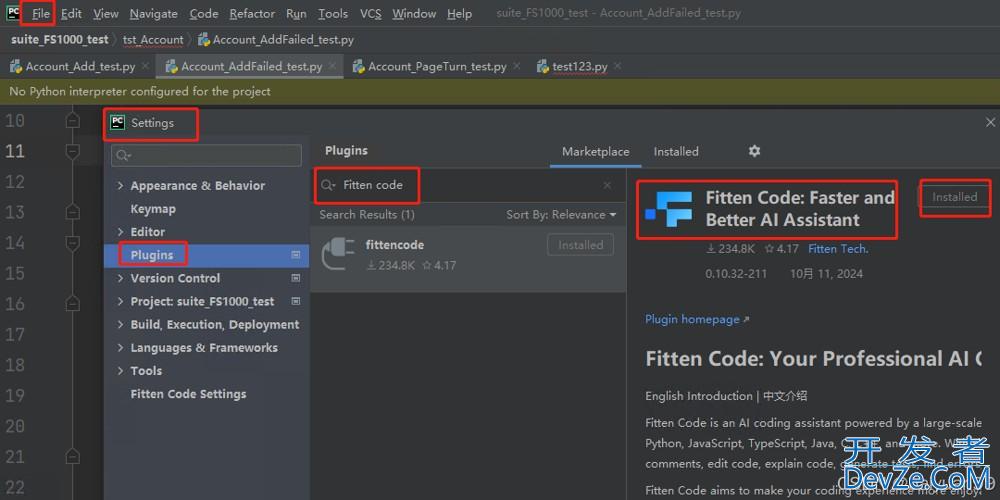
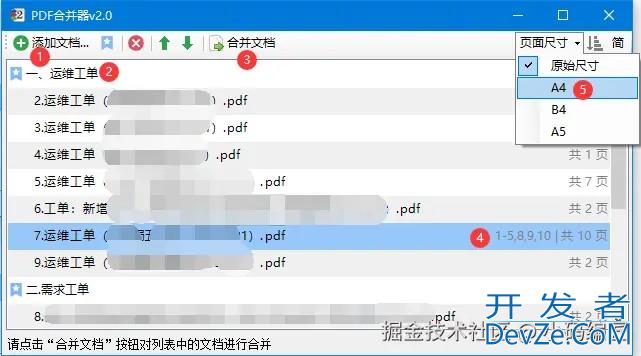
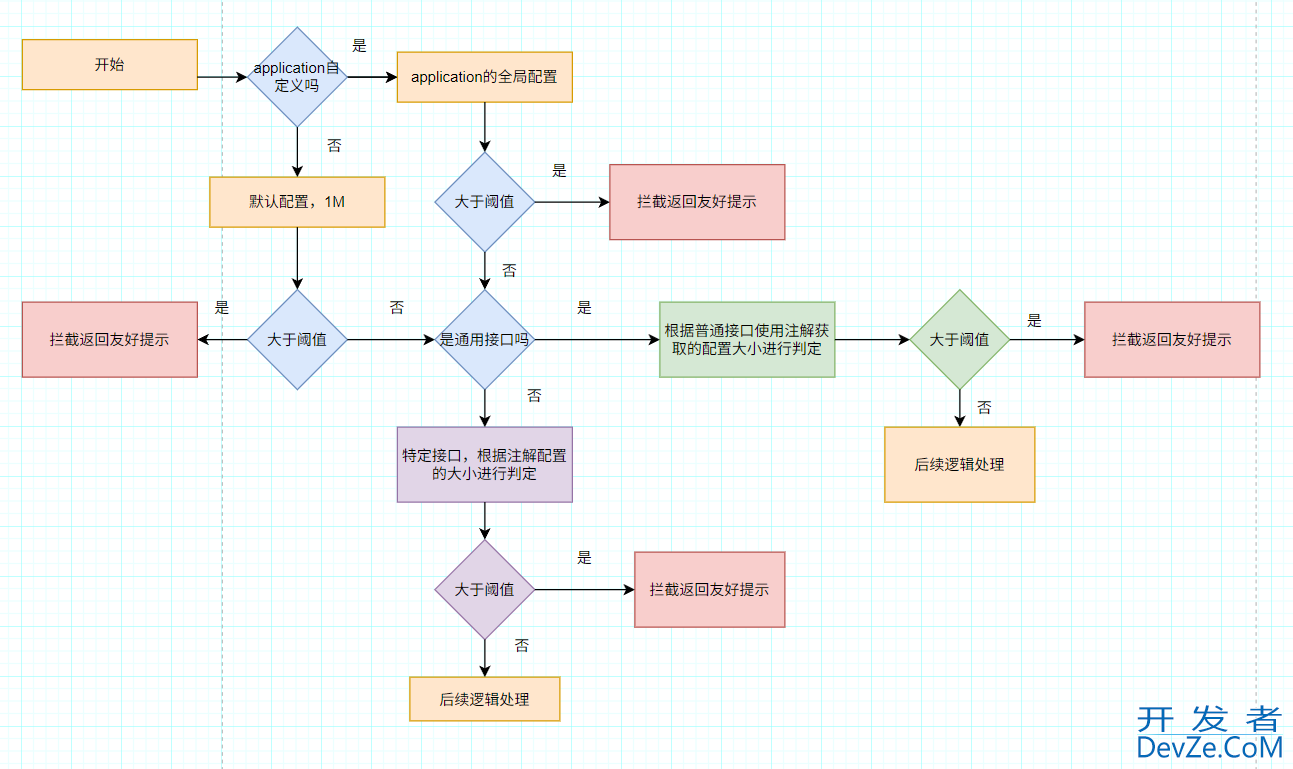
 加载中,请稍侯......
加载中,请稍侯......
精彩评论